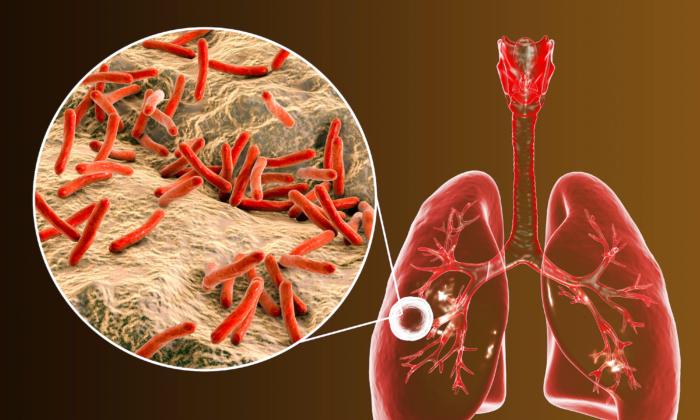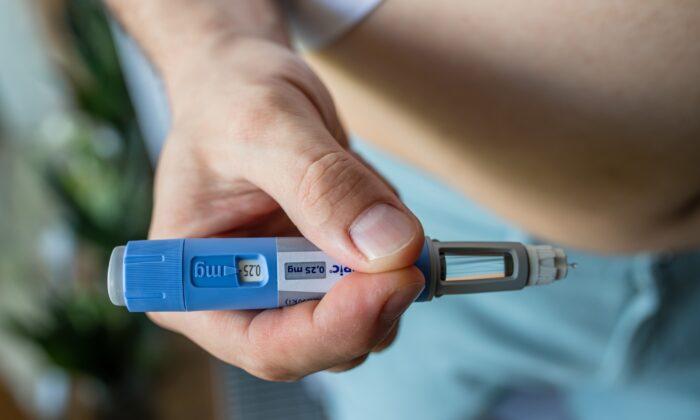What Happened?
The CLO-FAST trial sought to assess the safety and effectiveness of a three-month treatment regimen with clofazimine and high-dose rifapentine, deviating from the conventional six- to 12-month approach for tuberculosis. Initiated in November 2021, the trial enrolled 104 out of the planned 185 adult participants from Haiti, India, Malawi, South Africa, and Zimbabwe, according to the National Institutes of Health (NIH).But participants have been experiencing higher rates of ongoing or recurring TB than the trial’s thresholds.
“The interim results of the CLO-FAST trial do not support advancing this specific regimen for further evaluation, but the study data will provide essential evidence to inform TB science,” the NIH said in a press statement.
Participants assigned to the shortened treatment regimen will finish the experimental treatment. After that, they will receive an additional three months of TB drugs rifampin and isoniazid. The follow-up process will extend the treatment duration from 65 weeks to 117 weeks.
Those who successfully complete the investigational regimen will be closely monitored. If necessary, they will be given the complete standard treatment.
Why Is a Shorter Treatment Needed?
An estimated 25 percent of the global population has been infected with TB bacteria at some point, with up to 10 percent developing the disease. While TB is curable with current treatment, the lengthy drug regimen poses challenges. Failure to complete treatment can lead to the emergence of drug-resistant strains.The recently failed clinical trial could have played a role in reducing the rise of antibiotic-resistant strains.
A shorter course would have significantly increased compliance, reduced the incidence of side effects, and decreased disease transmission rates, Dr. Mobarakai told The Epoch Times. “TB treatment is generally a minimum of six months, with a lot of exceptions where the treatment is nine months and even longer,” he said.
Apart from the prolonged duration, TB drugs can have side effects that considerably impact a patient’s quality of life, Mobarakai added. These side effects include loss of appetite, nausea, vomiting, jaundice, tingling sensations, weakness, fatigue, easy bruising or bleeding, and blurred or altered vision.
What Is Congress Doing to Eliminate the Disease?
On World Tuberculosis Day (March 24), Reps. Dr. Ami Bera (D-Calif.) and María Elvira Salazar (R-Fla.), co-chairs of the House Tuberculosis Elimination Caucus, reintroduced the bipartisan End Tuberculosis Now Act of 2023. This legislation aims to bolster U.S. efforts in eradicating TB globally.The act directs the United States Agency for International Development (USAID) to align its TB control endeavors with international goals. It also supports the research and development of new tools for preventing, diagnosing, treating, and controlling TB.






